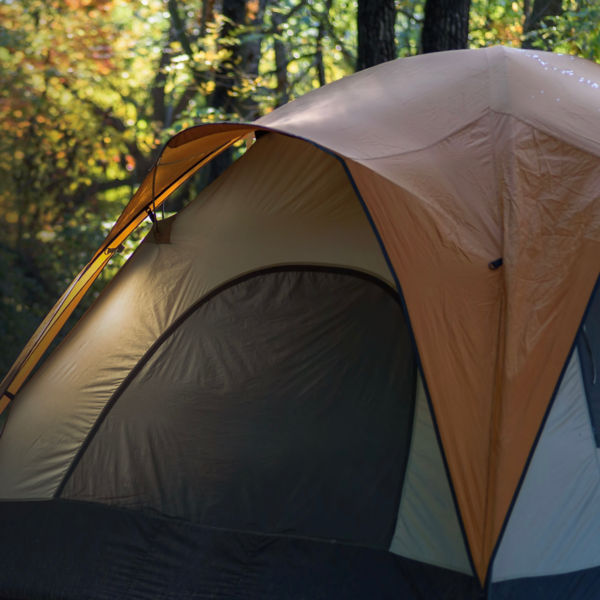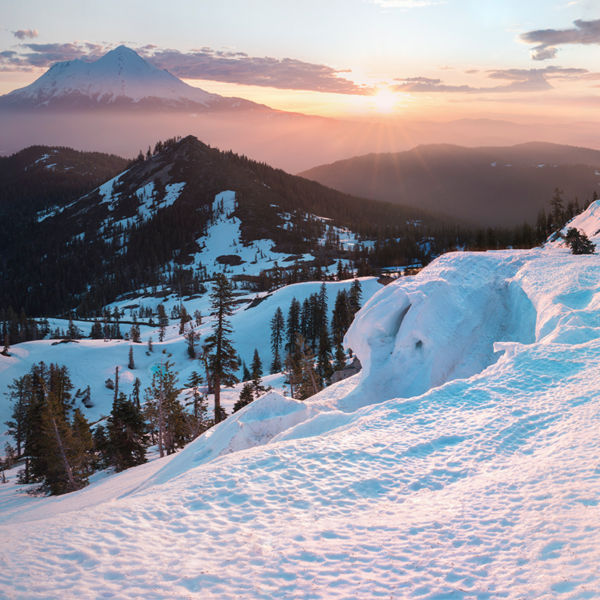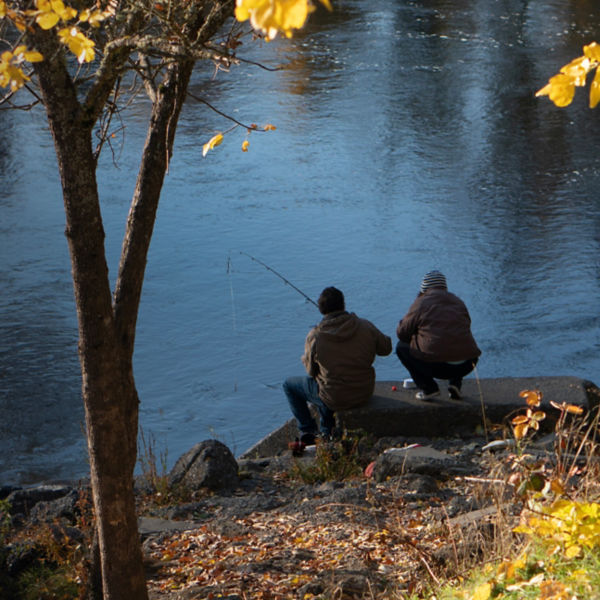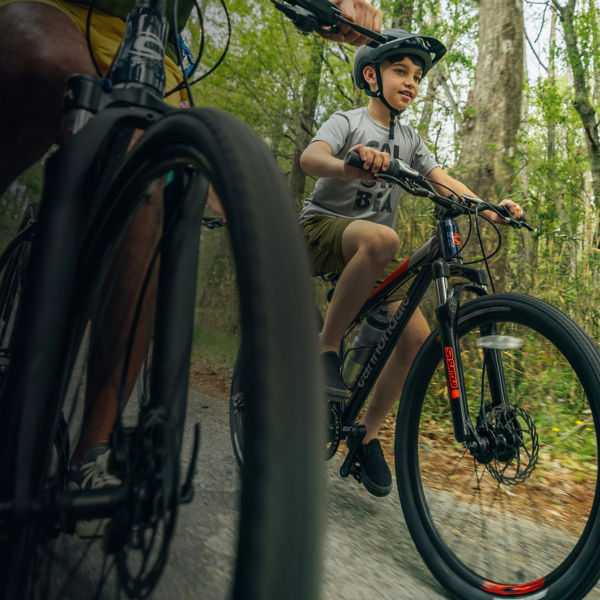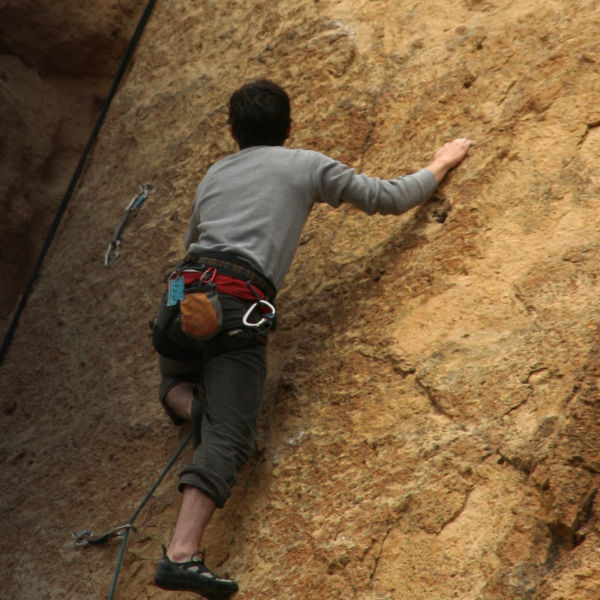
Few fishing regions in America are as revered as southwest Oregon. It boasts vast stretches of wilderness, deep emerald pools, remote whitewater, and, best of all, vigorous trout in all forms. Steelhead, rainbows, cutthroat: Hundreds of miles of river around Medford are continually the best for targeting these species, and that’s without adding salmon to the limit. With the sheer number of options, it helps to know where some of the best spots are for the type of trout fishing you’re after.
Best For: Kayak Fishing Sea-Run Steelhead
Rogue River Estuary, Gold Beach
Before steelhead and salmon attain their way up the Rogue River to spawn, they stage in the estuary where the Rogue meets the Pacific. Anglers join the swarms of fish near Gold Beach, circling in motorboats, and trolling in hopes of a fight. Make use of your kayak by getting to the harder-to-reach branches where the Rogue braids around sandbars. Or join the crowd and drop a trolling line in the deeper channels.
The town of Gold Beach has a boat launch available at the harbor within the jetty on the south side of the river. To reach the harbor, take U.S. Route 101 north from Brookings. After you enter Gold Beach, turn left onto Moore Street. In 500 feet, turn right onto Harbor Way, then make your next left on South Jetty Road to the parking lot and boat ramp on your left. There is a $5 day-use fee for the ramp. For boats over 10 feet long, you’ll also need an Oregon Waterway Access Permit.
Best For: Fly Fishing
North Umpqua River, Steamboat
Up the North Umpqua River are 30 miles of the finest fly fishing to be found anywhere. In fact, the section between Rock Creek and Soda Springs Dam is open to fly fishing only, and fishing from a floating craft is prohibited. The management regulations add to the allure of working the fast-moving jade green waters of the North Umpqua for wild rainbows, cutthroat, and monstrous summer steelhead rising to dry flies. The center of North Umpqua fishing is about halfway up the stretch where Steamboat Creek flows in from the north (river-right). The area here (known as Steamboat) is one of the best access points for the North Umpqua. The inside bend of the river has numerous options for bank fishing, and is paralleled by a section of the North Umpqua Trail. After fishing, don’t forget to stop into the angling social haunt, the Steamboat Inn.
From Roseburg, take state Route 138 east for 38 miles. A half-mile after passing the Steamboat Inn, you’ll soon see Steamboat Creek Road on your left. Continue another 0.25 miles to Mott Bridge. Just over the bridge is the Mott Trailhead where you can access the North Umpqua Trail.


